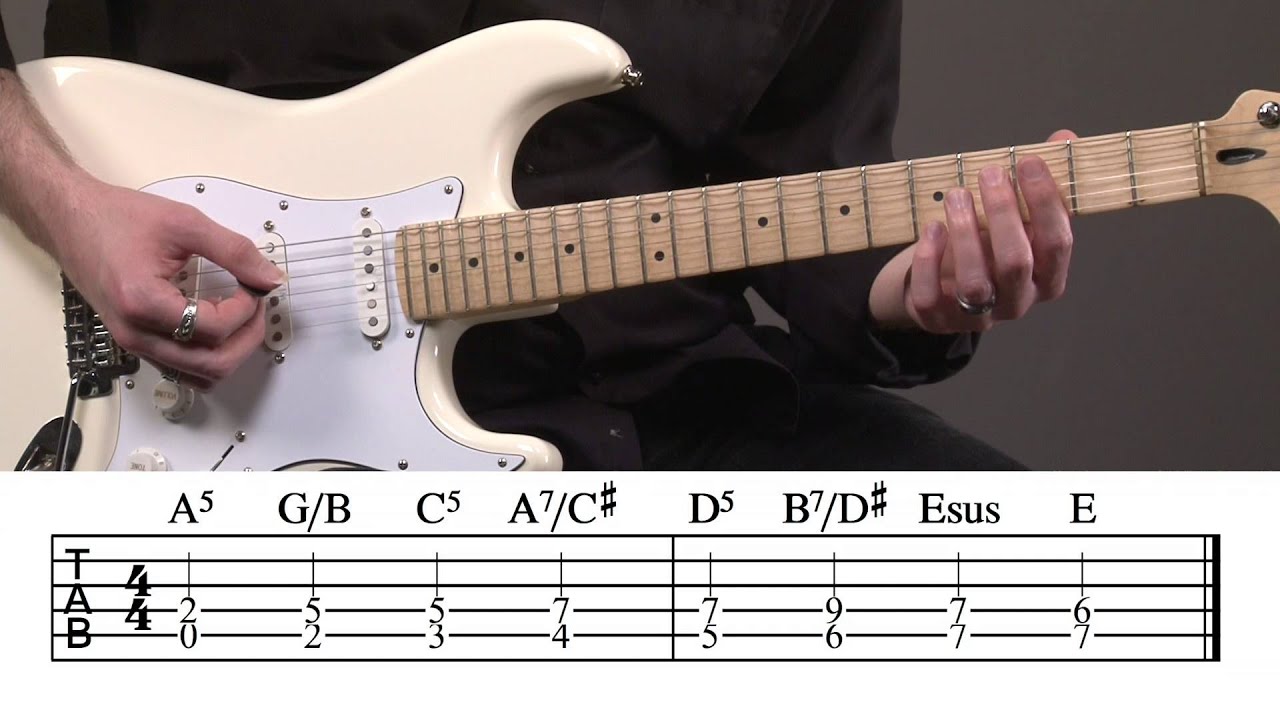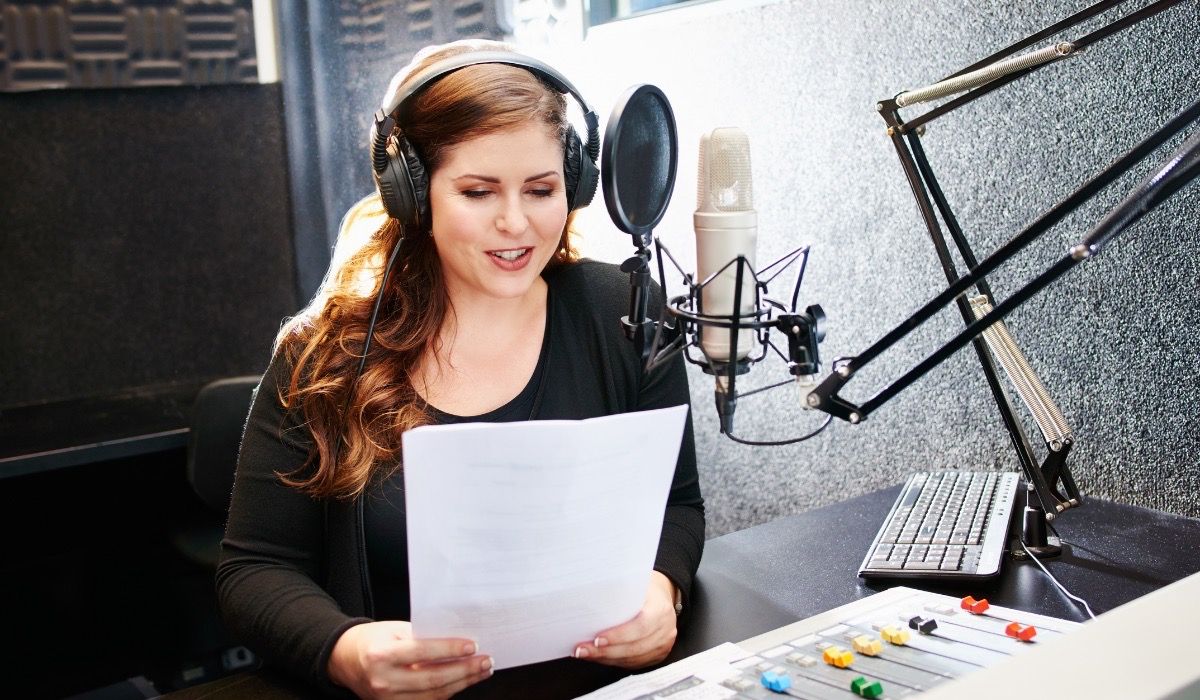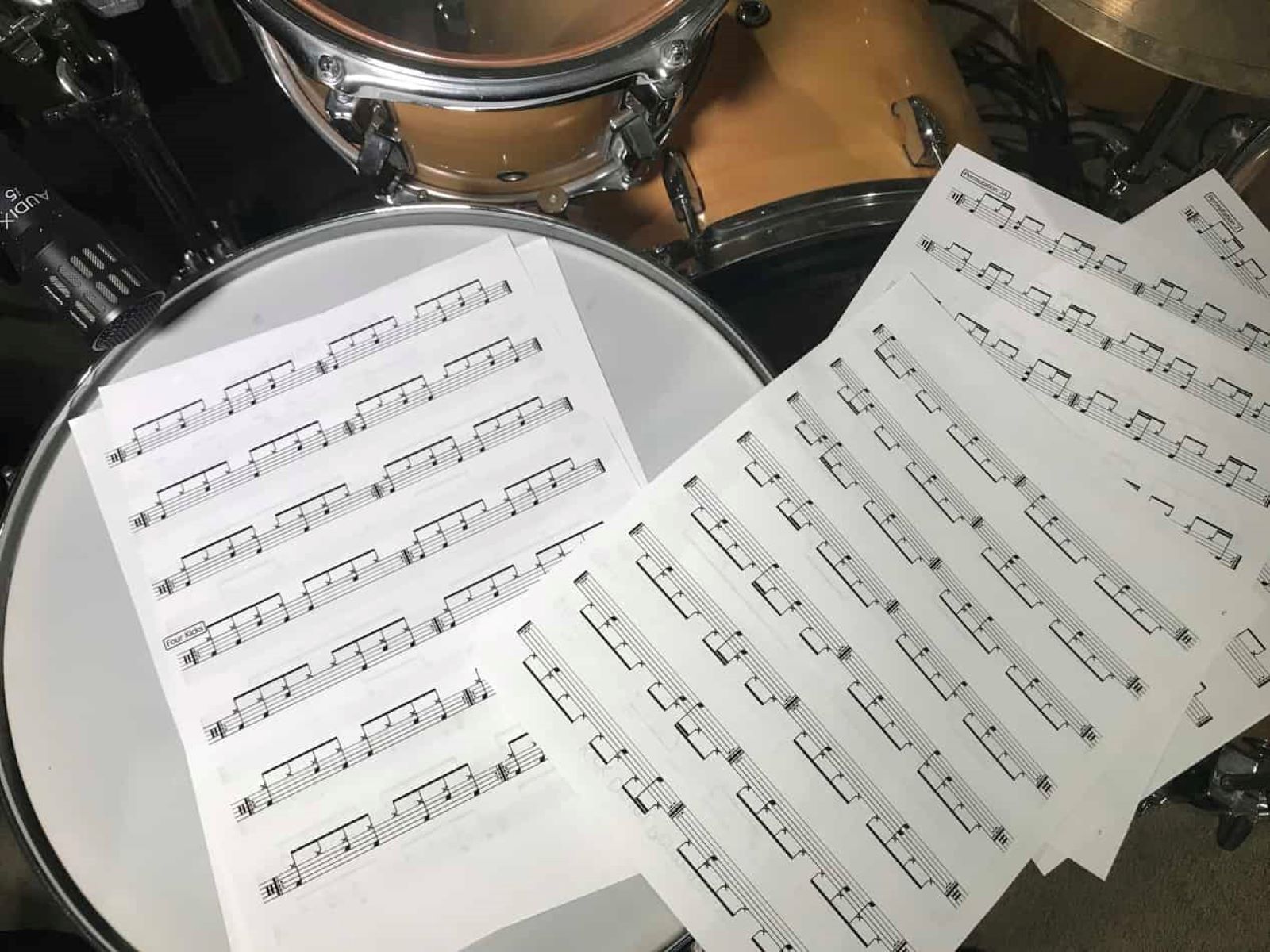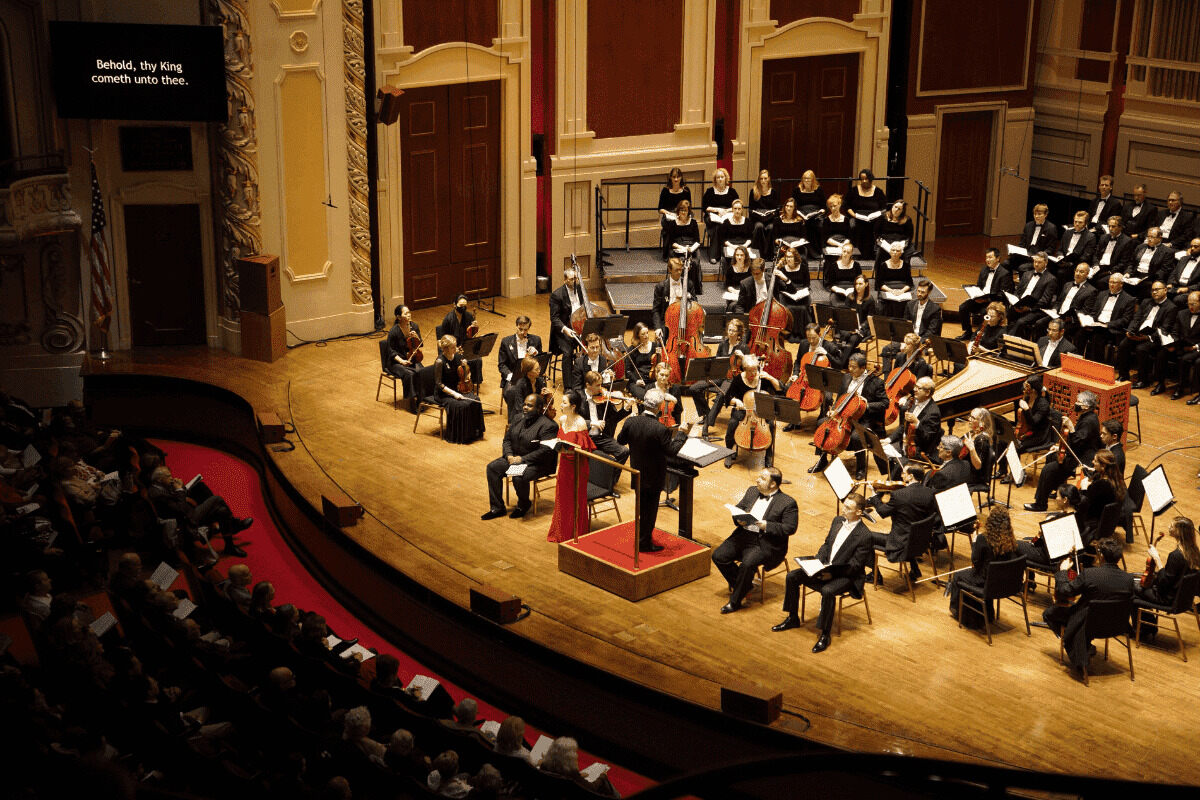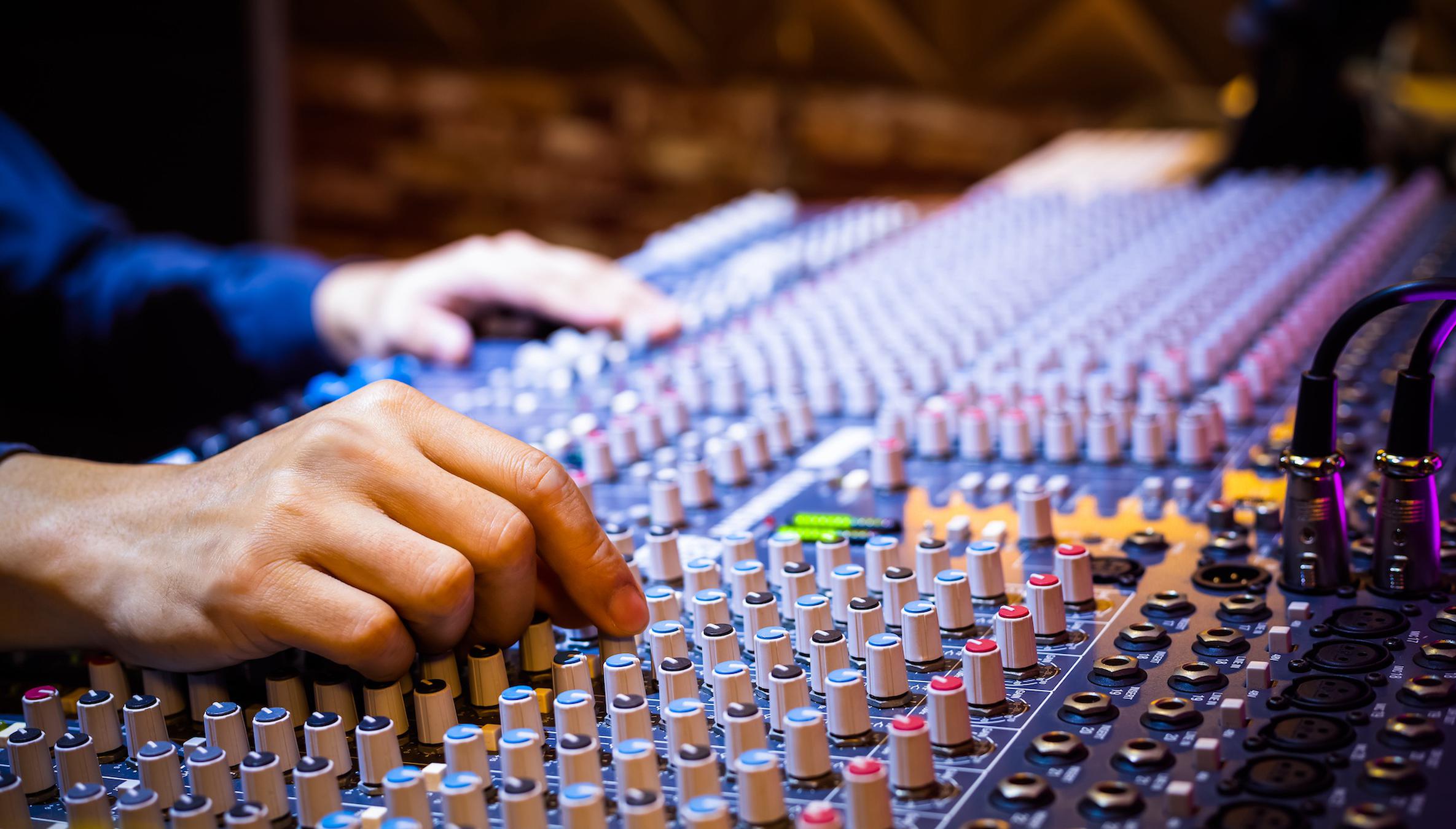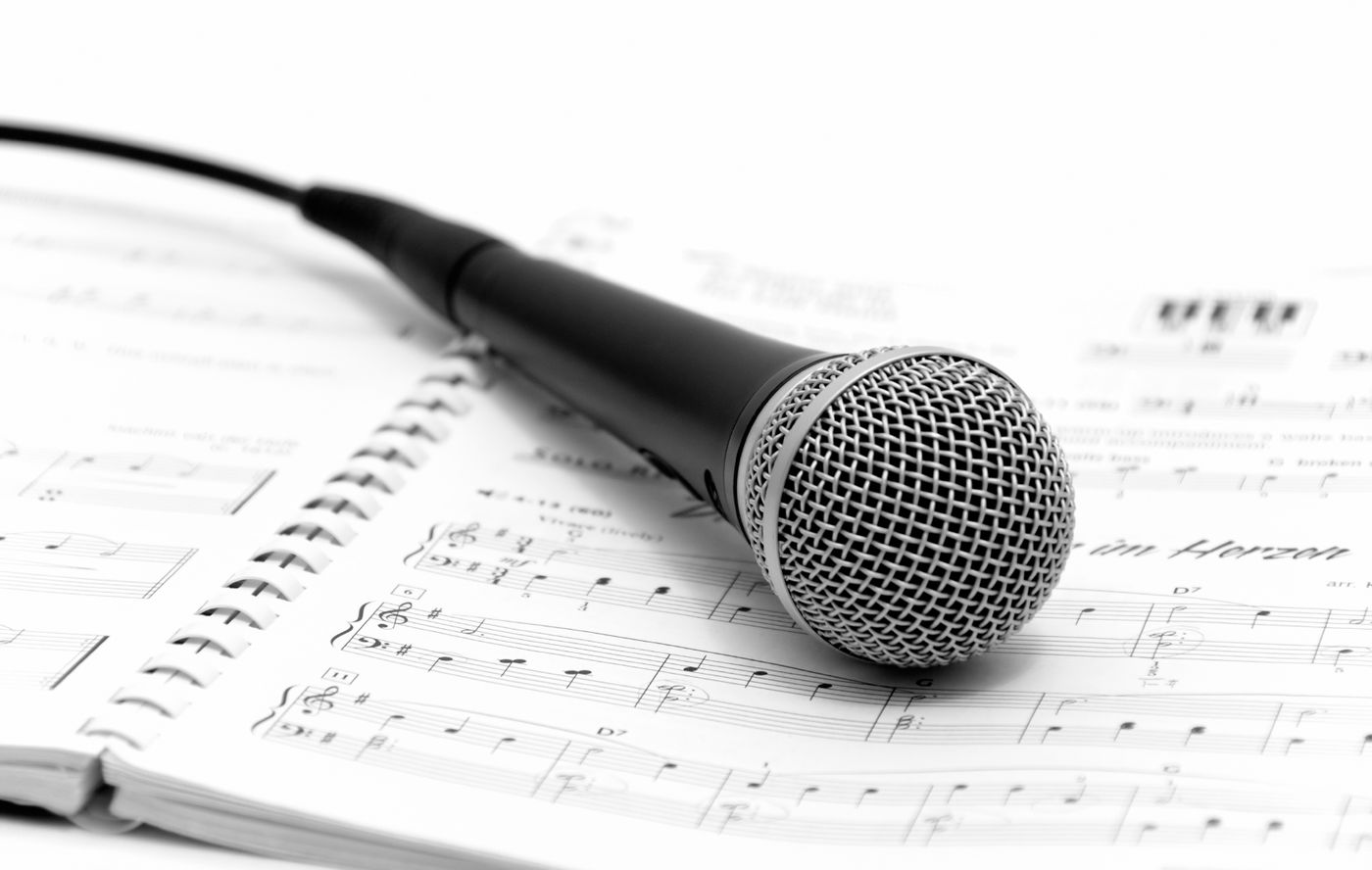Home>Instruments>Piano>How To Write A Piano Accompaniment
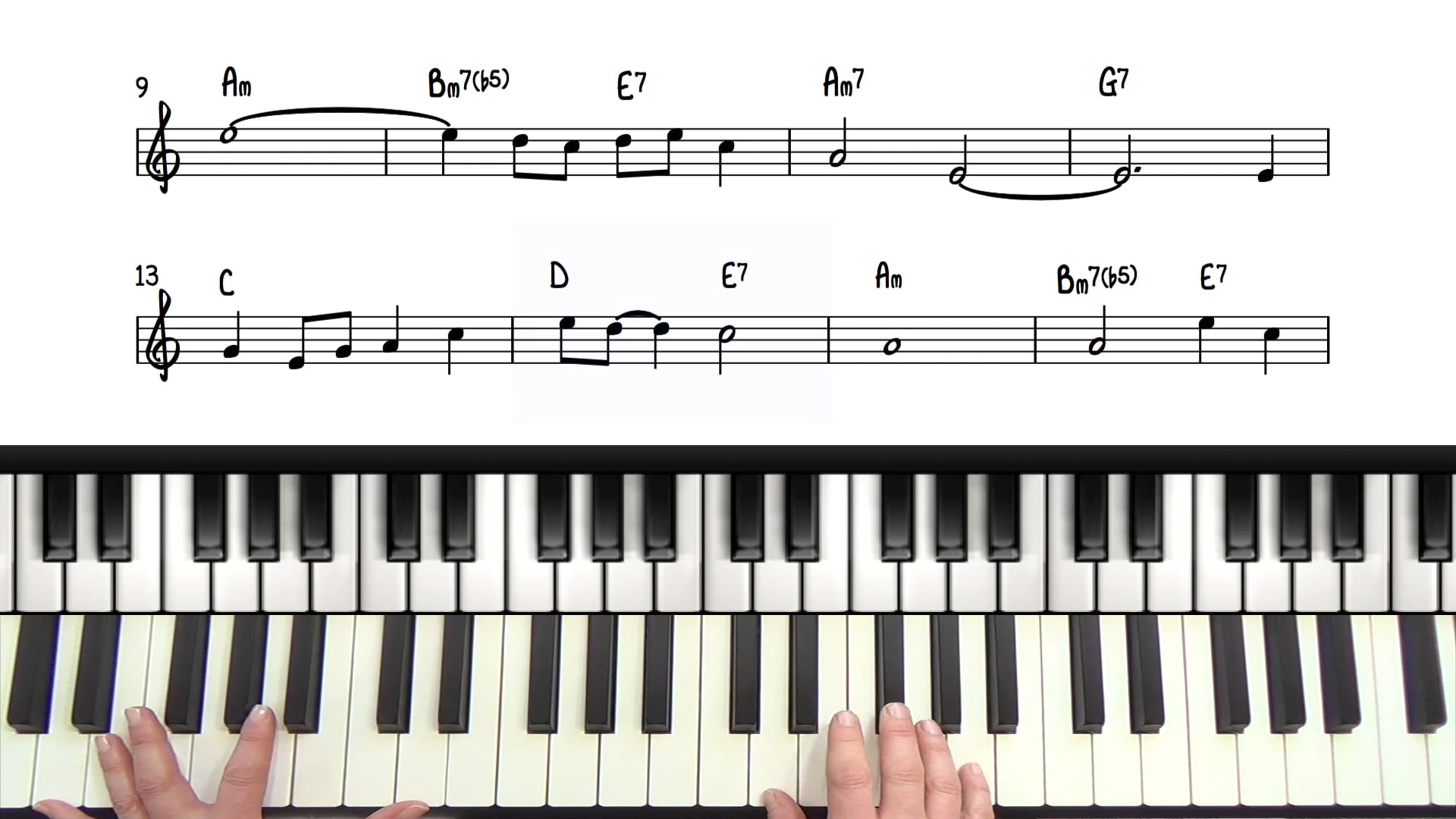

Piano
How To Write A Piano Accompaniment
Published: February 11, 2024
Learn how to write a captivating piano accompaniment with our expert tips and techniques. Enhance your piano skills and elevate your musical compositions.
(Many of the links in this article redirect to a specific reviewed product. Your purchase of these products through affiliate links helps to generate commission for AudioLover.com, at no extra cost. Learn more)
Table of Contents
Introduction
Playing the piano is a deeply rewarding experience that allows musicians to express their creativity and emotion through the versatile sounds of this magnificent instrument. One of the essential skills for any pianist is the ability to accompany other musicians or themselves while singing. Writing a piano accompaniment involves crafting a musical backdrop that complements the melody and enhances the overall musical composition.
Creating a compelling piano accompaniment requires a combination of musical knowledge, creativity, and an understanding of harmonic and rhythmic elements. In this comprehensive guide, we will explore the fundamental aspects of writing a captivating piano accompaniment, from understanding chord progressions to incorporating melodic elements and dynamic techniques.
Whether you are accompanying a vocalist, instrumentalist, or creating a solo piano arrangement, mastering the art of writing a piano accompaniment will elevate your musical abilities and enable you to engage in diverse musical collaborations.
Throughout this guide, we will delve into the intricate details of crafting an effective piano accompaniment, providing insights and practical tips to enhance your musical journey. By the end of this exploration, you will have a deeper understanding of the elements that constitute a compelling piano accompaniment and the creative freedom to apply these techniques in your musical endeavors. Let's embark on this enriching musical expedition and unravel the art of writing a captivating piano accompaniment.
Understanding Chord Progressions
Chord progressions form the harmonic foundation of a piano accompaniment, providing the framework upon which the entire musical arrangement is built. A chord progression is a sequence of chords played in succession, creating a harmonic structure that supports the melody and establishes the tonal center of the music.
When writing a piano accompaniment, it is crucial to have a solid grasp of common chord progressions and their emotional impact. Understanding the theory behind chord progressions empowers pianists to make informed choices that evoke specific moods and enhance the musical narrative.
Major and minor chords, along with their variations and extensions, form the building blocks of chord progressions. The choice of chords significantly influences the emotional resonance of the accompaniment, allowing pianists to convey a range of feelings, from joy and exuberance to melancholy and introspection.
Exploring popular chord progressions such as the timeless I-IV-V-I (1-4-5-1) in major keys or the emotive i-VI-IV-V (1-6-4-5) in minor keys provides a solid foundation for crafting engaging piano accompaniments. Additionally, understanding the concept of chord function within a key, including tonic, subdominant, and dominant chords, enables pianists to create compelling harmonic movement and resolution within their accompaniments.
By internalizing the principles of chord progressions and their emotional implications, pianists can infuse their accompaniments with depth and nuance, effectively complementing the lyrical and melodic content of the music. The next step in crafting a captivating piano accompaniment involves selecting the right chords to convey the intended mood and support the overarching musical expression.
Choosing the Right Chords
When writing a piano accompaniment, the selection of chords plays a pivotal role in shaping the overall musical atmosphere and supporting the melodic content. Each chord carries its own unique emotional quality, and choosing the right chords entails a thoughtful consideration of the desired mood and tonal coloration.
Major and minor chords form the foundation of chord selection, with major chords often associated with brightness, optimism, and stability, while minor chords evoke emotions of introspection, melancholy, and complexity. Additionally, exploring extended and altered chords, such as seventh, ninth, or suspended chords, introduces rich harmonic textures that can elevate the depth and complexity of the accompaniment.
Furthermore, understanding the concept of chord voicings and inversions enables pianists to create smooth and cohesive harmonic progressions while maintaining a fluid and expressive accompaniment. Experimenting with different voicings and inversions allows for a dynamic interplay between the chords, enhancing the overall sonic tapestry of the piano accompaniment.
Contextual awareness is also essential when choosing chords for a piano accompaniment. Consider the lyrical content, emotional nuances, and overarching theme of the music, as these factors greatly influence the selection of chords. For instance, a poignant and introspective lyrical theme may call for the use of minor or extended chords to convey the depth of emotion, while an uplifting and celebratory melody may be best complemented by bright and resonant major chords.
Ultimately, the art of choosing the right chords for a piano accompaniment involves a delicate balance of theory, intuition, and creative expression. By harnessing the emotional potential of each chord and aligning them with the thematic essence of the music, pianists can craft accompaniments that resonate deeply with the listener, enriching the overall musical experience.
Creating Rhythmic Patterns
Rhythmic patterns form the rhythmic backbone of a piano accompaniment, infusing the music with movement, energy, and groove. Crafting compelling rhythmic patterns involves a blend of precision, creativity, and an acute sense of musical pulse, allowing the accompaniment to drive the music forward while providing a solid rhythmic foundation.
Exploring diverse rhythmic motifs, such as syncopation, arpeggios, and rhythmic ostinatos, empowers pianists to imbue their accompaniments with rhythmic vitality and expressive flair. Syncopated rhythms, characterized by accenting offbeat notes, inject a sense of syncopation and unpredictability, adding a dynamic edge to the accompaniment.
Arpeggiated patterns, where the notes of a chord are played sequentially rather than simultaneously, create a flowing and cascading effect, enriching the harmonic texture of the accompaniment. Utilizing rhythmic ostinatos, repetitive rhythmic figures that persist throughout the music, establishes a hypnotic and driving pulse, enhancing the rhythmic propulsion of the accompaniment.
Moreover, incorporating rhythmic variations and embellishments within the accompaniment adds depth and intricacy to the overall rhythmic tapestry. By introducing rhythmic nuances, such as anticipations, accents, and rhythmic fills, pianists can elevate the rhythmic character of the accompaniment, captivating listeners with engaging and dynamic rhythmic interplay.
Furthermore, adapting rhythmic patterns to suit different musical genres and styles enables pianists to tailor their accompaniments to the specific musical context. From the infectious syncopations of jazz and Latin music to the driving rhythmic pulses of pop and rock, understanding the rhythmic idioms of various genres empowers pianists to craft authentic and compelling accompaniments that resonate with the stylistic essence of the music.
Mastering the art of creating rhythmic patterns for piano accompaniments not only enhances the overall musical impact but also enriches the collaborative experience, providing a solid rhythmic framework for other musicians to engage with. The rhythmic vitality and expressive dynamism of a well-crafted accompaniment elevate the musical narrative, inviting listeners to immerse themselves in the captivating interplay of melody and rhythm.
Adding Melodic Elements
Integrating melodic elements into a piano accompaniment enriches the musical tapestry, infusing the harmonic framework with expressive melodies that complement the overall musical composition. While the primary focus of a piano accompaniment is to support the melody, incorporating melodic fragments and motifs within the accompaniment adds depth, nuance, and a sense of interconnected musical dialogue.
One approach to adding melodic elements involves intertwining the accompaniment with melodic fragments derived from the main musical theme. By subtly weaving fragments of the melody into the accompaniment, pianists create a cohesive and unified musical narrative, where the accompaniment becomes an active participant in the melodic discourse.
Additionally, exploring countermelodies, where a secondary melodic line interacts with the primary melody, introduces a layer of melodic complexity and contrapuntal interest within the accompaniment. This interplay of melodic voices enhances the overall musical texture, fostering a sense of musical interdependence and thematic development.
Furthermore, leveraging melodic embellishments and variations within the accompaniment amplifies the melodic expressiveness, allowing pianists to infuse the music with ornamentations, trills, and melodic flourishes that enhance the melodic content while maintaining a supportive role within the accompaniment.
Contextual sensitivity is paramount when adding melodic elements, as the melodic embellishments and fragments should align with the overarching musical narrative and emotional essence of the music. By attuning the melodic elements to the lyrical content and thematic resonance, pianists can create accompaniments that resonate deeply with the listener, forging a harmonious union between melody and accompaniment.
Ultimately, the art of adding melodic elements to a piano accompaniment lies in striking a delicate balance between supporting the primary melody and contributing melodic interest and depth. By seamlessly integrating melodic fragments, countermelodies, and expressive embellishments, pianists elevate the accompaniment into a multifaceted musical entity, enriching the overall sonic landscape and narrative coherence of the music.
Dynamic and Expressive Techniques
Dynamic and expressive techniques play a pivotal role in shaping the emotive impact and narrative arc of a piano accompaniment, allowing pianists to imbue the music with nuanced phrasing, emotive resonance, and captivating expressiveness. By harnessing a diverse array of dynamic and expressive techniques, pianists can elevate their accompaniments to evoke a rich tapestry of emotions and musical depth.
Dynamic contrast serves as a cornerstone of expressive piano accompaniments, enabling pianists to navigate a wide spectrum of volume and intensity to convey the emotional contours of the music. From delicate pianissimo passages that exude intimacy and vulnerability to powerful fortissimo crescendos that unleash dramatic fervor, mastering dynamic control empowers pianists to sculpt the musical landscape with evocative contrasts.
Furthermore, employing nuanced articulation techniques, such as legato, staccato, and accents, allows pianists to shape the individual character of each note within the accompaniment, fostering clarity, emotive inflection, and expressive finesse. The judicious use of pedal techniques, including sustain and una corda pedals, adds a layer of tonal depth and resonance, enriching the harmonic fabric of the accompaniment.
Exploring rubato, a flexible manipulation of tempo for expressive effect, infuses the accompaniment with a sense of fluidity and emotive elasticity, allowing for poignant musical phrasing and expressive freedom. Additionally, understanding the nuances of phrasing and musical shaping empowers pianists to imbue their accompaniments with a sense of narrative momentum and expressive continuity, enhancing the overall musical coherence.
Moreover, embracing the art of expressive ornamentation, including trills, grace notes, and expressive vibrato, introduces embellishments that enrich the melodic and harmonic content of the accompaniment, adding a layer of virtuosity and emotive allure to the music.
By integrating dynamic and expressive techniques into their piano accompaniments, pianists can craft musical narratives that resonate deeply with the listener, eliciting a profound emotional response and immersive musical experience. The artful application of dynamic and expressive elements elevates the accompaniment from a supportive role to a captivating and evocative musical entity, enriching the collaborative and expressive potential of the music.
Conclusion
Embarking on the journey of writing a captivating piano accompaniment is a transformative exploration of musical creativity, expression, and collaborative artistry. Through this comprehensive guide, we have delved into the fundamental elements that constitute a compelling piano accompaniment, from understanding chord progressions and choosing the right chords to crafting rhythmic patterns, integrating melodic elements, and employing dynamic and expressive techniques.
Mastering the art of writing a piano accompaniment requires a harmonious fusion of technical proficiency, theoretical understanding, and artistic intuition. By internalizing the principles outlined in this guide, pianists can elevate their accompaniments to serve as integral components of the musical narrative, enriching the overarching composition with depth, emotion, and expressive vitality.
Understanding chord progressions and their emotional resonance empowers pianists to make informed harmonic choices, while the art of choosing the right chords aligns the accompaniment with the thematic essence of the music. Crafting rhythmic patterns infuses the accompaniment with movement and energy, while integrating melodic elements adds depth and interconnected musical dialogue within the harmonic framework.
Dynamic and expressive techniques serve as the final layer of emotive resonance, allowing pianists to sculpt the musical landscape with evocative contrasts, nuanced articulation, and expressive finesse. The culmination of these elements results in piano accompaniments that transcend their supportive role, emerging as vibrant and expressive musical entities that enrich the collaborative and expressive potential of the music.
As pianists continue to hone their skills in crafting piano accompaniments, embracing the synthesis of technical mastery and artistic sensitivity will unlock a world of creative possibilities, enabling them to engage in diverse musical collaborations and elevate the musical experience for both performers and listeners alike. The art of writing a captivating piano accompaniment is a testament to the transformative power of music, where harmonic, rhythmic, melodic, and expressive elements converge to weave a captivating musical tapestry that resonates deeply with the human spirit.
May this guide inspire pianists to embark on their own creative odyssey, crafting piano accompaniments that breathe life into the music and forge enduring connections through the universal language of melody and harmony.

